 GlobeCore in the press: New technology for humic fertilizer production (Fertilizer Focus)
GlobeCore in the press: New technology for humic fertilizer production (Fertilizer Focus)In May 2024, the magazine Fertilizer Focus published an article titled “New technology for humic fertilizer production,” authored by GlobeCore founder Stanislav Mykytenko and project manager Vitaliy Kolesnyk. The article is dedicated to a new approach to the production of humic fertilizers using the AVS vortex layer device. The article provides a detailed description ofRead More
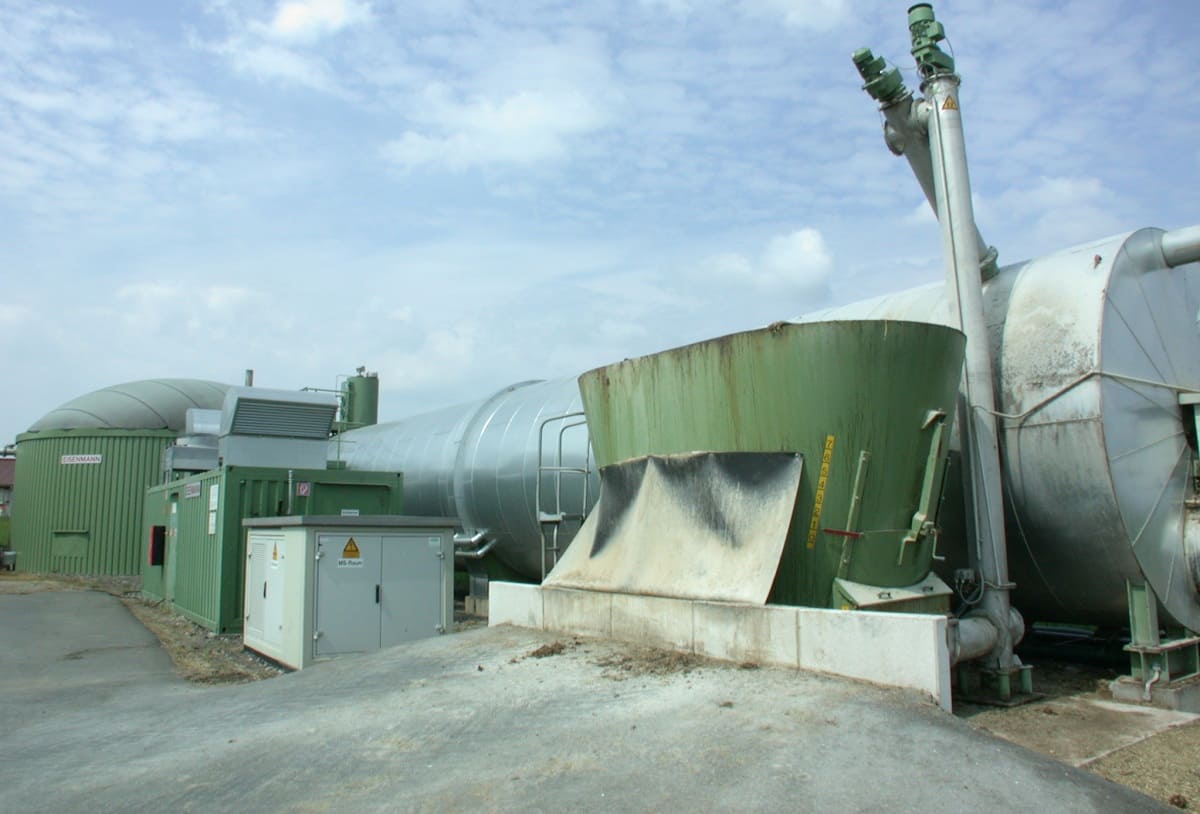 Preliminary processing of liquid organic waste in vortex layer devices
Preliminary processing of liquid organic waste in vortex layer devicesIn recent years, society’s attention has been increasingly drawn to solving two inextricably linked problems — preventing the depletion of natural resources and protecting the environment from pollution. The rapid consumption of natural fuel reserves and the limited construction of hydroelectric and nuclear power plants have aroused interest in the use of renewable energy sources,Read More
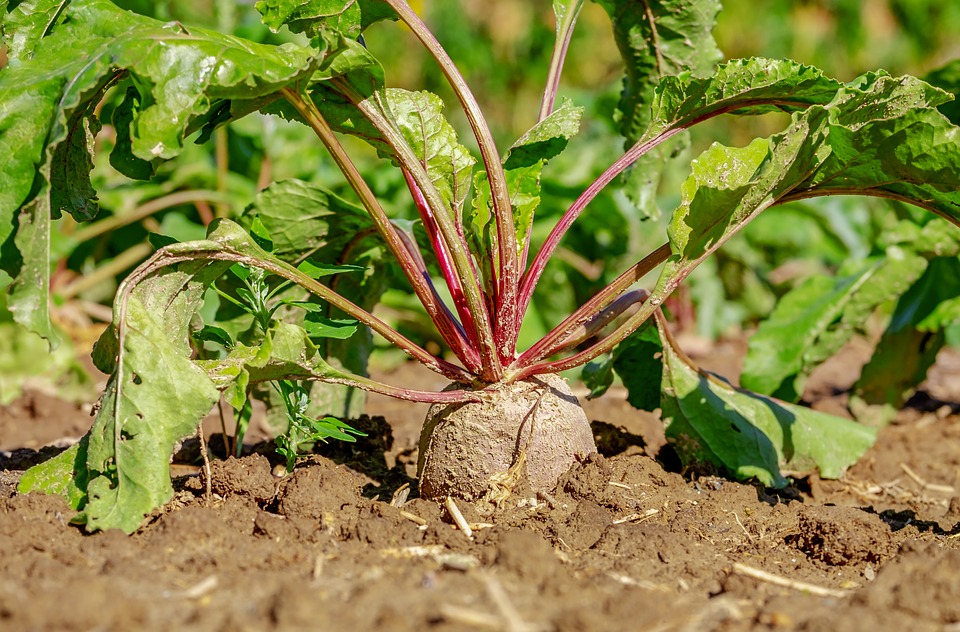 Using a vortex layer apparatus to increase the yield of pectin from beet pulp
Using a vortex layer apparatus to increase the yield of pectin from beet pulpToday, much attention is paid to the development of technologies for obtaining pectin from beet pulp – an effective detoxifier and radioprotector. In industrial production, pectin is extracted from apple and citrus pomace, beet pulp, sunflower baskets, but the pulp is the most economically profitable type of pectin-containing raw material. The content of pectin substancesRead More
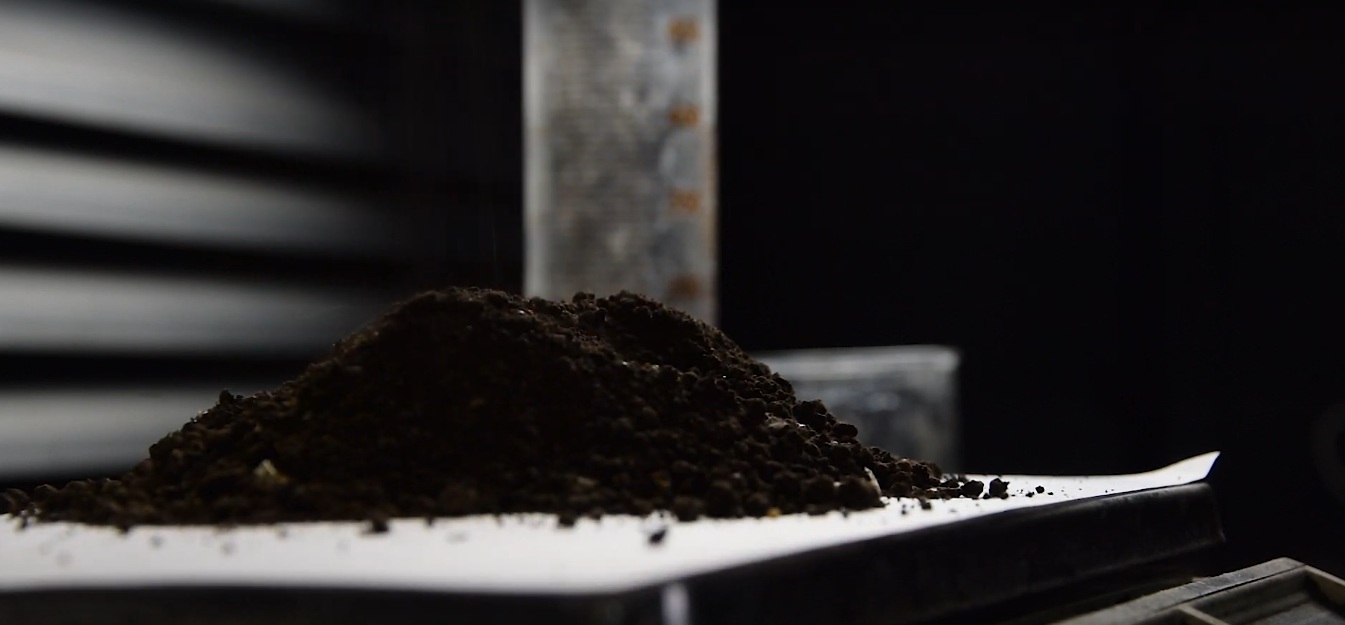 Processing of Peat and Sapropel into Humates
Processing of Peat and Sapropel into HumatesProcessing of peat and sapropel is used to obtain any new product with required properties. In particular, so-called humates or humic fertilizers, are obtained from this raw material. What are humates (humic fertilizers) They use humic fertilizers to stimulate plant growth. At its core, humates are organic substances. The processing of peat, sapropel, brown coalRead More
 Microcement: production on vortex layer devices AVS (nanocement)
Microcement: production on vortex layer devices AVS (nanocement)Microcement is a material used to strengthen structures made of stone and concrete in order to increase their strength and water resistance. In fact microcement is crushed clinker with additives. Depending on the original components, there are different types (brands). Also the brand is determined by the particle size distribution. With the addition of waterRead More
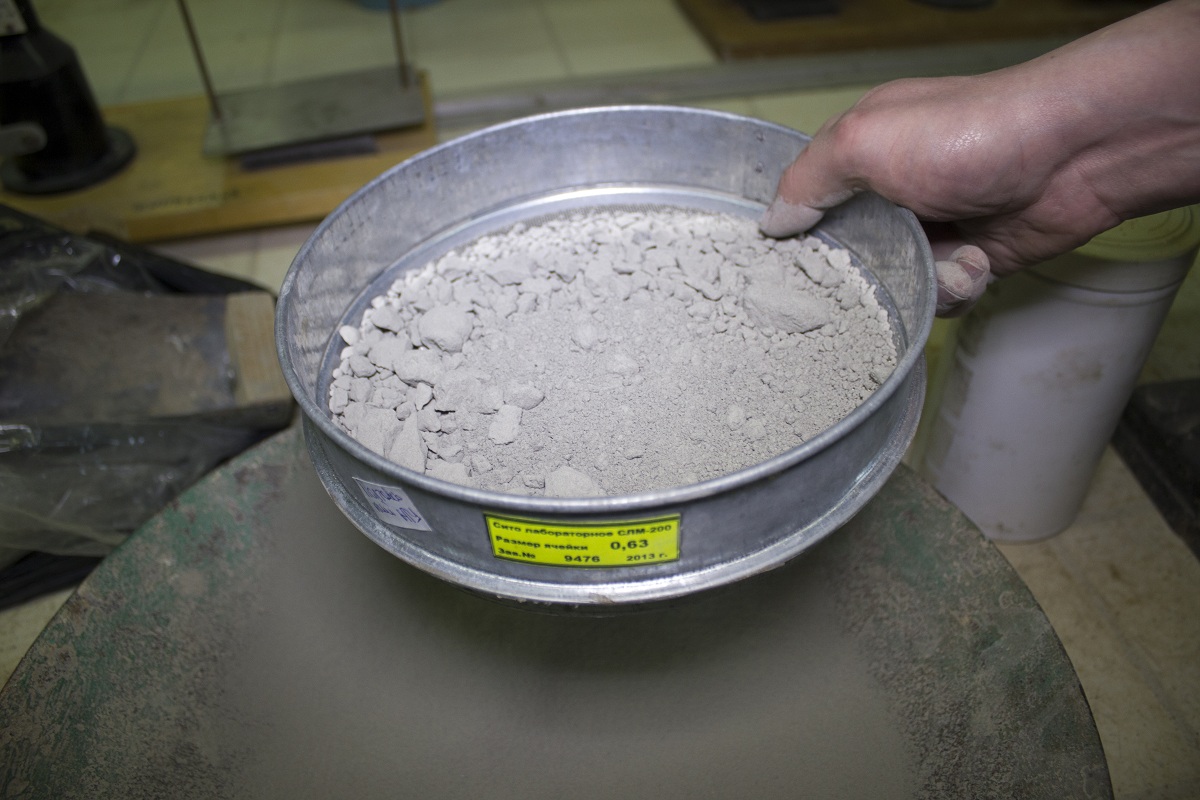 Increase of cement activity
Increase of cement activityCurrently, the worldwide tendency is such that cements with a high content (more than 35%) mineral additives are replacing traditional pure Portland cement, such as blast furnace slag, silica fume, fly ash, limestone flour, natural and artificial pozzolana. The expediency of increasing the share of mineral additives in cements does not raise doubts for cementRead More
Vortex layer device for decontamination of liquid pig and cow manureLivestock production generates large amounts of liquid manure, which may contain a variety of pathogenic microorganisms and helminth eggs. If such manure falls into the environment without preliminary treatment, it will cause epidemics among the local population. If there is no prompt response, the epidemics can spread to the neighboring towns and villages. The microorganismsRead More
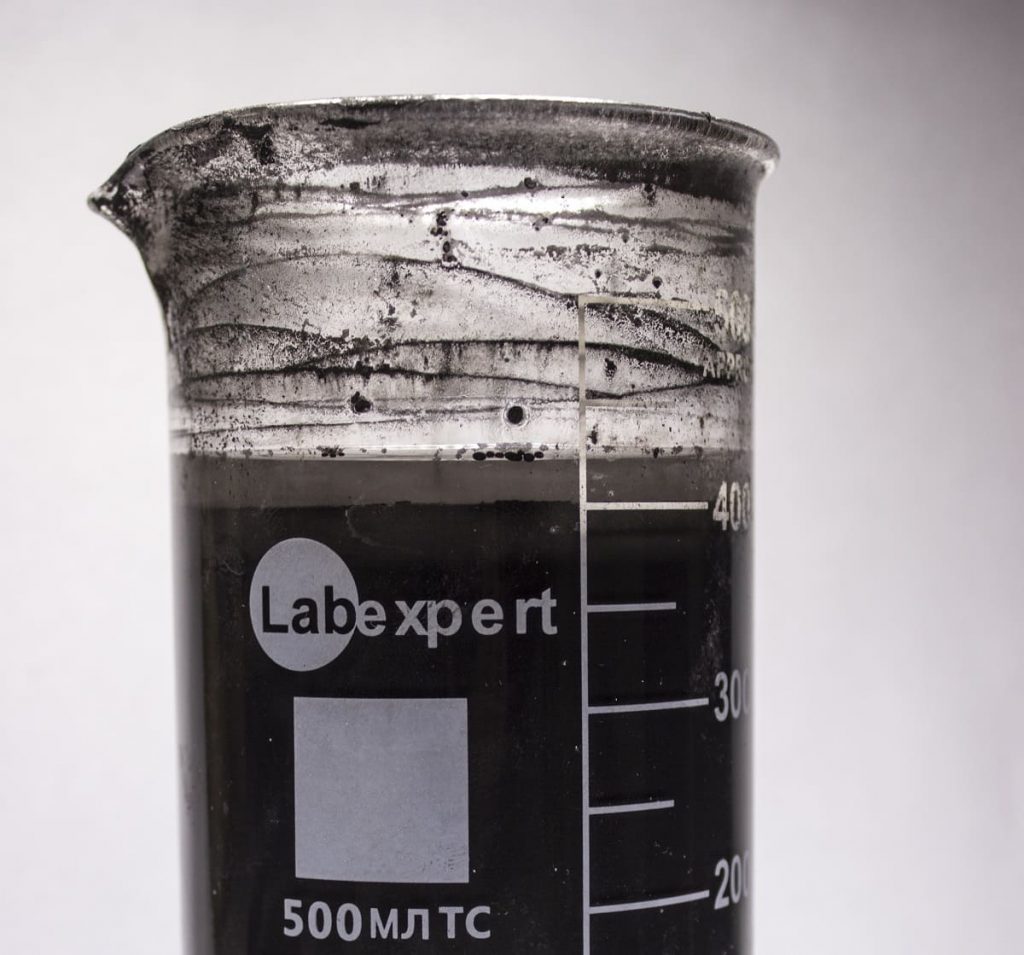 Peat processing by Vortex Layer System AVS-150. Peat. Humates. Sapropel.
Peat processing by Vortex Layer System AVS-150. Peat. Humates. Sapropel.THE INFLUENCE OF DISPERSION ON THE COMPONENT COMPOSITION OF PEAT, HUMATES, SAPROPEL Increasing of earth fertility in agricultural sphere is an essential condition for agronomy, it increases yield, improves soil and has important environmental value. For its part, there is no worthy alternative of peat replacement for large-scale improvement of agrotechnical nature of soil.Read More
 Globecore Participates in a Vital Project in North Macedonia
Globecore Participates in a Vital Project in North MacedoniaFor the first time, The Ministry of Ecology of the Republic of North Macedonia is involving private companies to help find a solution to the problem of removing hexavalent chromium from the local waste dump. For the last four decades, more than 2 million tons of waste, generated by Jugochrom factory, were simply stored withRead More
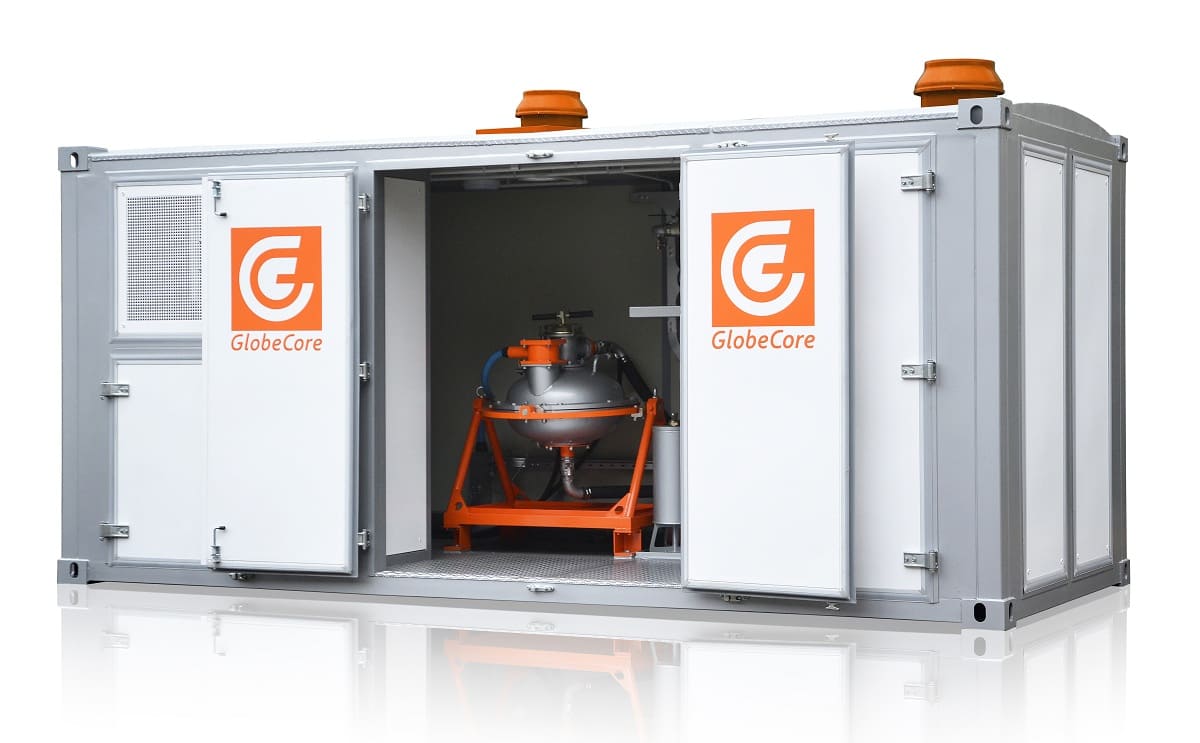 Manure treatment in a small pig farm
Manure treatment in a small pig farmManure treatment in a small pig farm The manure processing on a small livestock farm is very differently equipped, and uses different materials, etc. The traditional system for manure processing is simply not available to small farms due to small amounts of manure. Therefore, manure is often taken out manually and folded outside without anyRead More
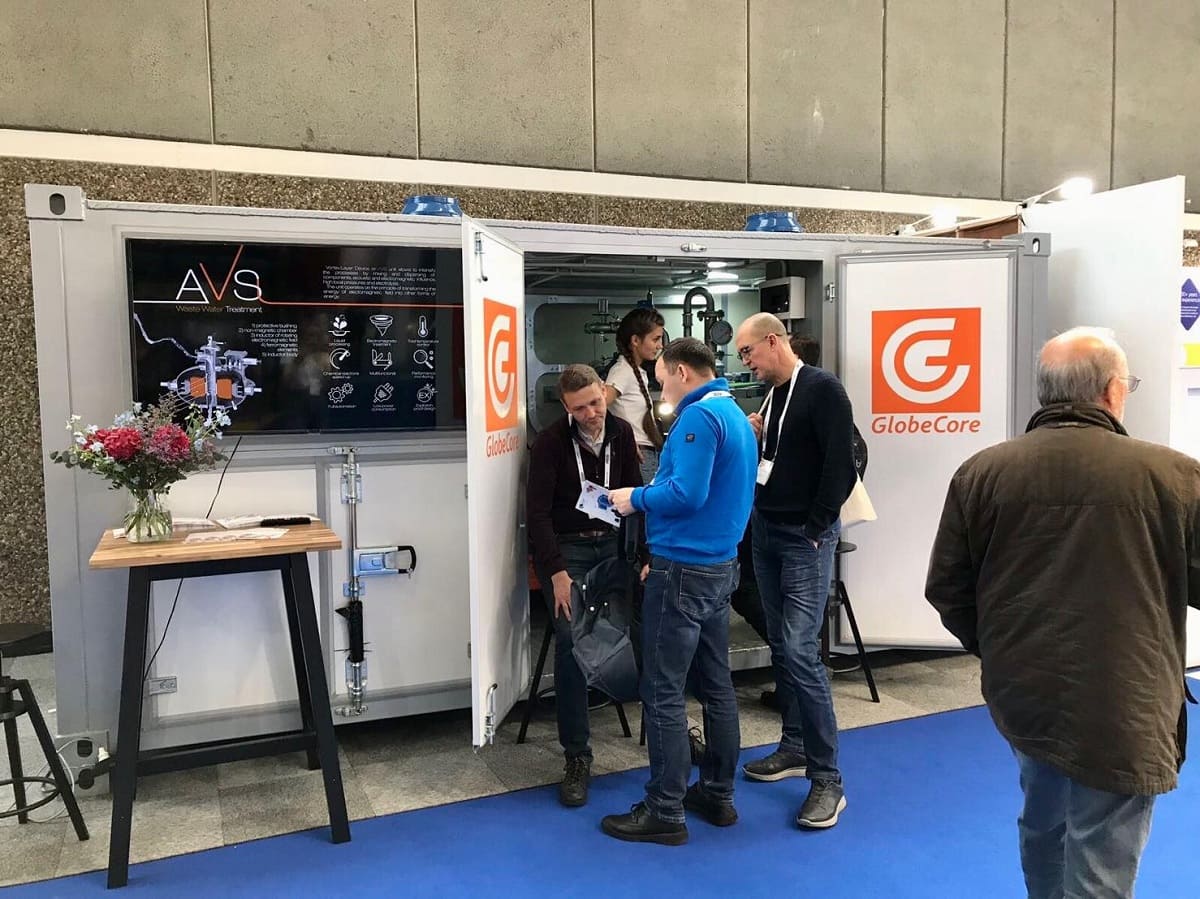 GlobeCore at Aquatech-2019
GlobeCore at Aquatech-2019Amsterdam hosted the largest water resources convention in the world, Aquatech-2019 on November 5-8. This year’s exhibition gathered participants from more than 147 countries, while the number of specialists attending, including the participants, exceeded 27000. GlobeCore presented one of the latest developments, a wastewater purification complex based on the vortex layer ferromagnetic layer machine. ThisRead More
 Activation of Catalysts for Carbon Nanomaterial Production
Activation of Catalysts for Carbon Nanomaterial ProductionThe most important stage of preparing heterogeneous catalysts for carbon nanomaterial (CNM) is their activation, which is understood as a complex of physical influence on the catalytic material, which allows to significantly increase the efficiency of nanostructure synthesis. This can be achieved by researching mechanical (dispersion) and physical (electromagnetic and ultrasonic) activation methods. One ofRead More
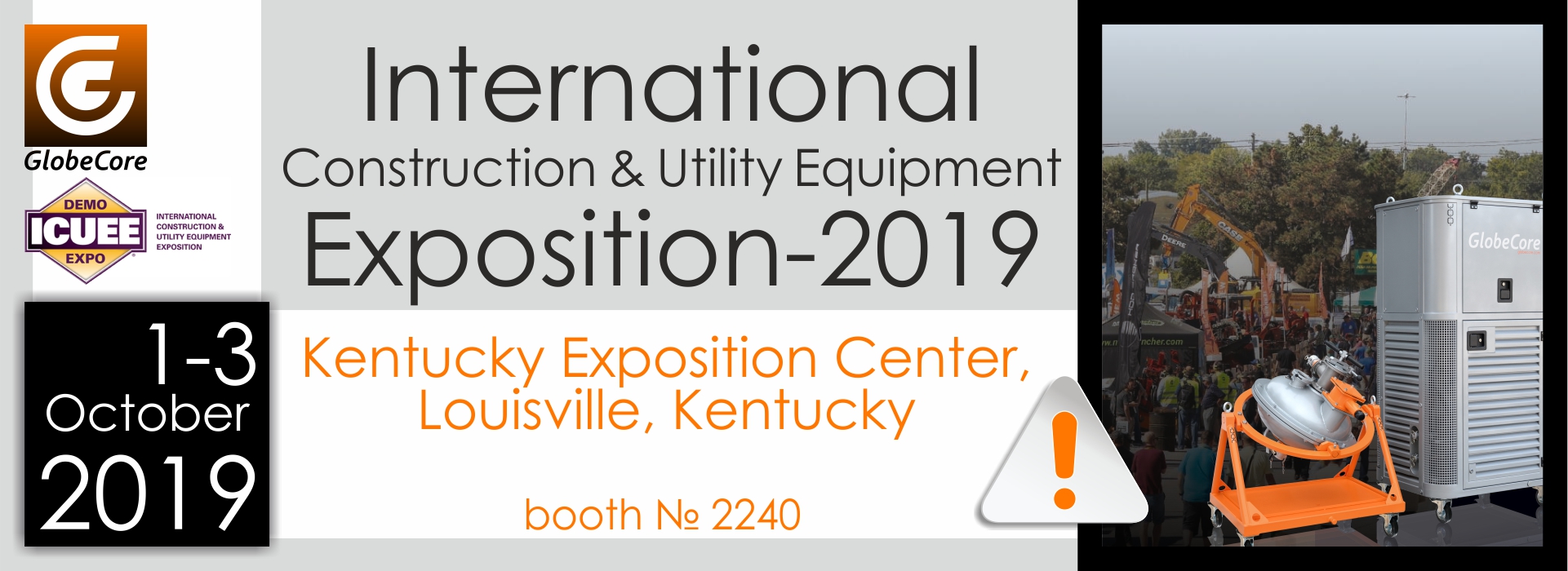 GlobeCore extends invitation to the International Construction & Utility Equipment Exposition-2019
GlobeCore extends invitation to the International Construction & Utility Equipment Exposition-2019GlobeCore invites all businesses and parties interested in the implementation of innovative technologies to the International Construction & Utility Equipment Exposition. This event is biannual, and this year will be hosted by Kentucky Exposition Center, Louisville, Kentucky on 1-3 October. The exhibition focuses, among other things, on electric power transmission and distribution, wastewater treatment, naturalRead More
 Cement Grinding in Ball Mills and Vortex Layer Devices
Cement Grinding in Ball Mills and Vortex Layer DevicesCement and concrete are the second most used substances in the world, after water. On average, the per capita consumption of cement is one ton. This material is widely used as a binder in the production of concrete, reinforced concrete and various construction mixes. The demand for cement in construction of new buildings, repairs andRead More
 GlobeCore in the Press: Water & Wastewater Asia Magazine
GlobeCore in the Press: Water & Wastewater Asia MagazineThe next issue of Water & Wastewater Asia magazine, published with the support of the Singapore Water Association, out in June. The magazine publishes the first part of an article titled Using the Vortex Layer of Ferromagnetic Particles in Wastewater Treatment article by GlobeCore’s service manager Frank May. The first part of the article dealsRead More
 Vortex Layer Devices in Gold Production
Vortex Layer Devices in Gold ProductionGold is used in several fields: as part of national reserves; in medicine (dentistry, pharmaceuticals and cosmetology). In this case gold is used in implants, medicines and cosmetics. The amount of gold used in this field is relatively small and remains below 2% of the total demand; electronics (information technologies and telecommunications). In this fieldRead More
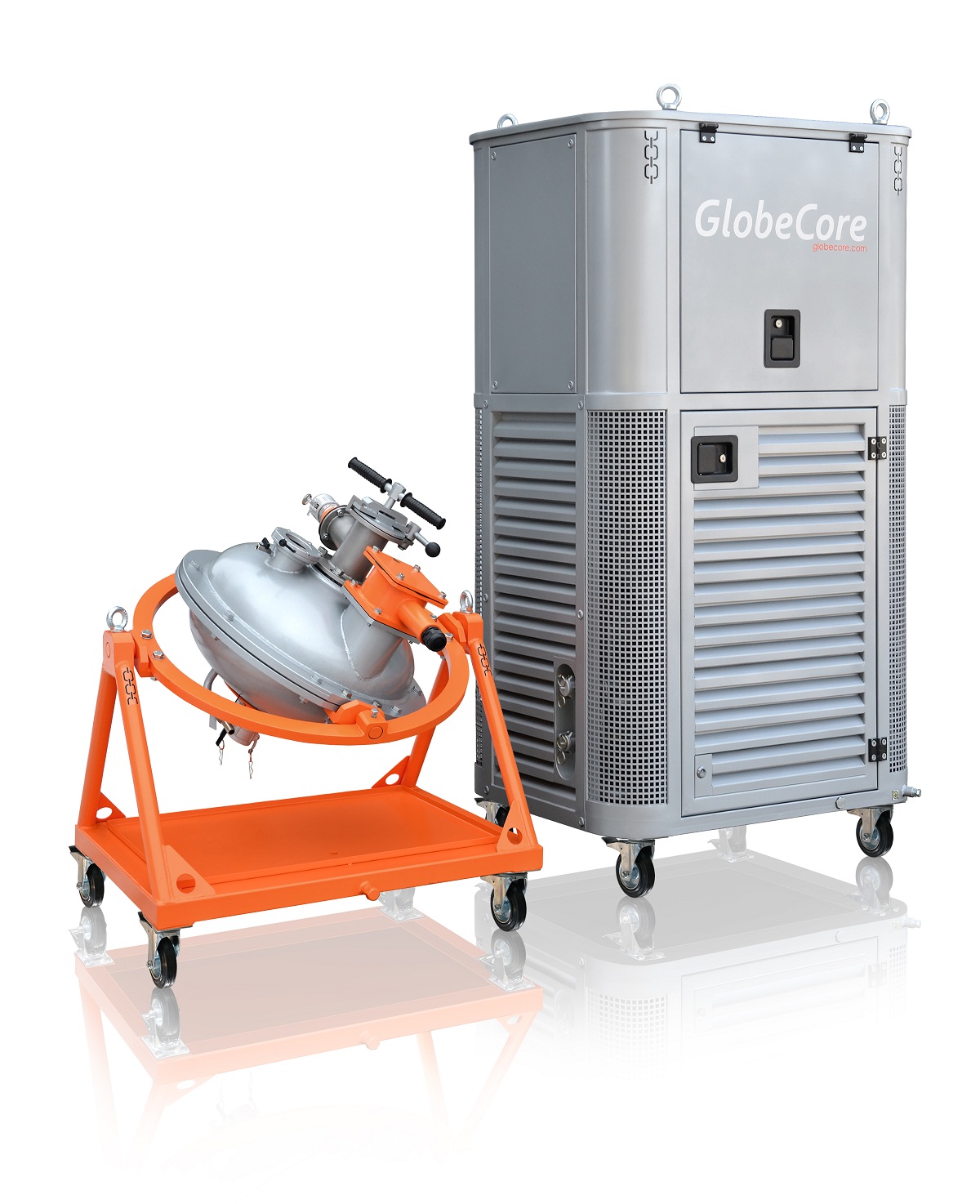 The Forces in the Vortex Layer Device Chamber Which Impact Biodiesel Production
The Forces in the Vortex Layer Device Chamber Which Impact Biodiesel ProductionThe action, motion and energy of the ferromagnetic particles are the decisive influences on the methanolysis process. In turn, these factors are defined by the shape of the particles, their diameter, the ratio of length to diameter, the amount of particles in the chamber and a few other things. The amount of particles in theRead More
 Vortex Layer Device Design Features
Vortex Layer Device Design FeaturesOperation of the rotating magnetic field devices is based on one of the most characteristic features of multiphase currents, that is, generation of a rotating magnetic field, which serves as a driving force for the intensive chaotic motion of ferromagnetic particles. The particles carry and transform the energy of the field. The most common practicalRead More
 Three AVS-100 machines commissioned in China
Three AVS-100 machines commissioned in ChinaThe ferromagnetic vortex layer devices are applied for intensification and improving efficiency of wastewater purification. One of the latest orders for this equipment was filled by GlobeCore for a large factory in China. Three AVS-100 units are already operated in China, in cyanide and fluoride removal from wastewater. In the case of two stage chemicalRead More
 GlobeCore In The Media: the Cement Americas Magazine
GlobeCore In The Media: the Cement Americas MagazineThe new issue of the Cement Americas Magazine came out in September 2018. The magazine published an article by Frank May, GlobeCore service engineer, titles The Promising Application of Vortex Layer Devices with Ferromagnetic Elements for Cement Improvement. The article discusses one of the main reasons for cement deterioration which increases cement consumption and includesRead More
 GlobeCore in the Press: Cemento Hormigón Magazine
GlobeCore in the Press: Cemento Hormigón MagazineThe May-June 2018 number of Cemento Hormigón Magazine of Spain features an article by GlobeCore electrical engineer José Mora, titled “Re-trituración y mejora del cemento portland en los sistemas de optención de la capa vórtex de particulas ferromagnéticas”. The article describes GlobeCore experience in application of the vortex layer devices with ferromagnetic elements inRead More
 GlobeCore in the press : “Industrial WaterWorld” magazine
GlobeCore in the press : “Industrial WaterWorld” magazineThe fifth issue for 2017 of “Industrial WaterWorld” magazine published an article entitled “Decontamination of Oily Wastewater Using Electromagnetic Vortex Layer Devices”. The article analyzed the main directions of cleaning and neutralization of wastewater containing oil, and the advantages and disadvantages of these methods. Also the article described the principle of operation of electromagnetic vortexRead More
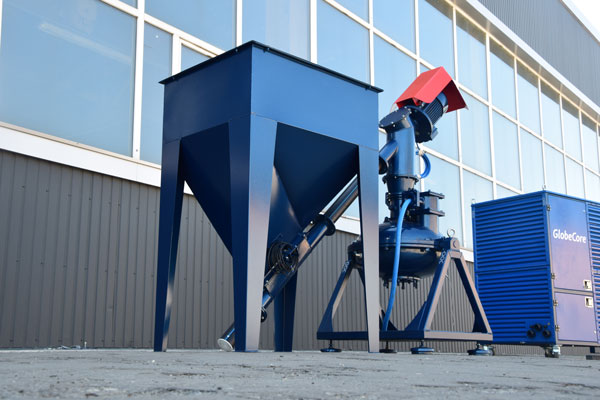 New Method for Preparing Liquid Mixtures in Manufacture of Latex Articles Using Electromagnetic Field Energy
New Method for Preparing Liquid Mixtures in Manufacture of Latex Articles Using Electromagnetic Field EnergyThe new method belongs to manufacturing ingredient dispersions for latex mixtures, preparing liquid strong-filled latex mixtures, introducing reinforcing fillers into latex film articles. The method is widely used for preparing water dispersions of vulcanizing and gelatinating ingredients in the manufacture of latex foam. The method is effected using the electromagnetic field energy. Compared toRead More
 GlobeCore in the press: published an article on electromagnetic vortex intensifier for wastewater treatment in “Water Today” magazine
GlobeCore in the press: published an article on electromagnetic vortex intensifier for wastewater treatment in “Water Today” magazineThe scientific and research magazine “Water today” in its August issue 8’17 published an article “Electromagnetic Intensification of Heavy Metal Removal and Wastewater Decontamination”. The article addresses the problem of wastewater pollution as a result of industrial activities. For wastewater purification from heavy metals (chrome, zinc, iron, nickel, copper, iron, cadmium), is proposed an electromagneticRead More
 Production of coal-water slurry fuel with AVS
Production of coal-water slurry fuel with AVSA high price of traditional fuel (gas and heating oil) encourages to search for new cheaper fuel to reduce the cost of thermal energy. One of the most promising new products is coal water slurry fuel – a mixture of coal particles (fraction 1 … 70 μm), water and reagent. It is characterized by aRead More
Modern Electroplating Wastewater NeutralizationElectroplating wastewater. Electroplating facilities and shops produce toxic solid waste in the form of ions of heavy metals, acids and alkalis that can cause water pollution. It is due to the electrochemical technology requiring large volumes of water. Generally, the decontamination and neutralization of electroplating wastewater is performed by a special unit which uses reagentRead More
Physico-chemical methods of ceramic production wastewater treatment: coagulation and adsorptionWater treatment process. Ceramic production forms two major streams of wastewater. The first stream is formed at the stage of preparing the slip casting of ceramic products, their mandrel, filling and bonding of parts and includes, mainly, a large amount of suspended clay particles and glycerol. The second stream is formed in the preparation ofRead More
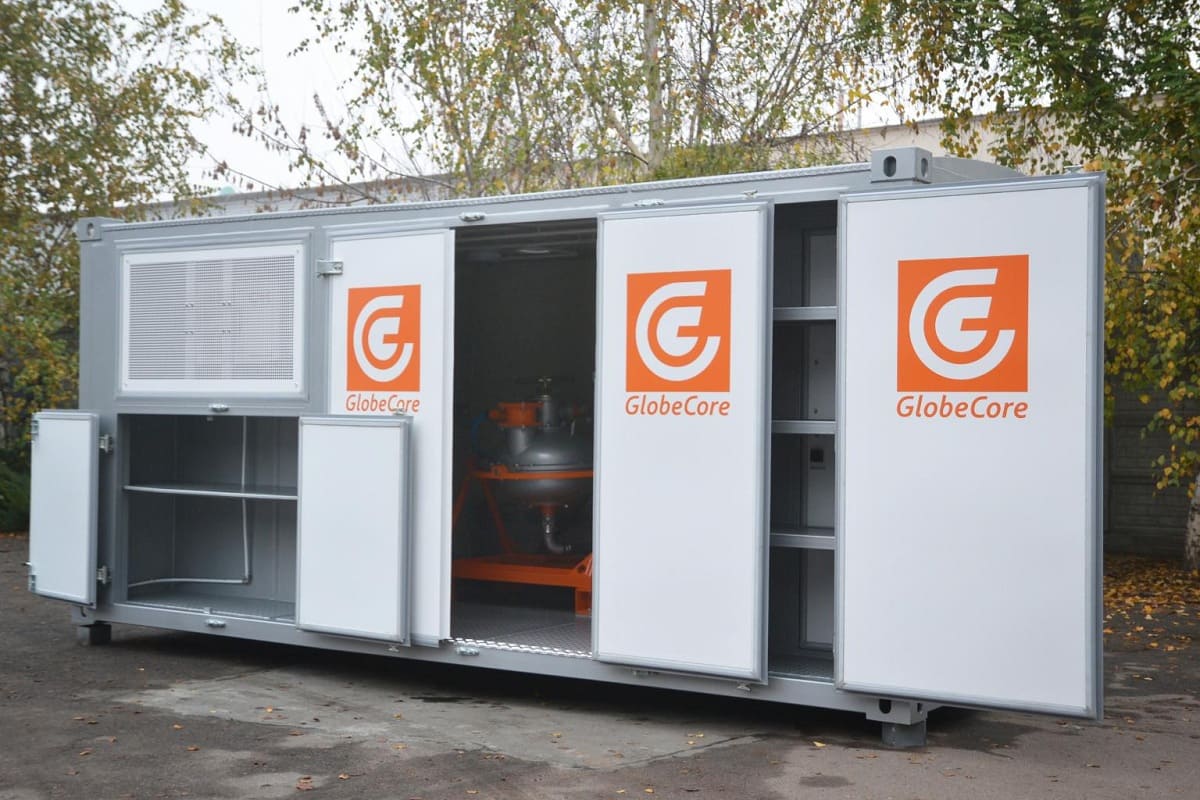 Removal of Heavy Metals from Wastewater Using Vortex Layer Devices
Removal of Heavy Metals from Wastewater Using Vortex Layer DevicesRemoval of heavy metals.. From the beginning of the 1970s, technological and scientific research has been increasingly directed towards protection and preservation of the environment, which is becoming more and more important around the world. This is due to the irreversibility of negative anthropogenic impact, which is a real threat to the existence of mankind.Read More
Fish Processing Wastewater TreatmentThe food industry, including the fish industry, is a source of organic compounds and water solutions of inorganic salts. These organic substances contain proteins and fats. They are washed by hygienic washing equipment with different types of detergents, resulting in different amounts of pollutants in the wastewater. Their daily flow of concentrated wastewater varies betweenRead More
Biotechnology in dairy wastewater treatmentDairy wastewater treatment. The technology of food preparation creates waste varying in quantity, pollution, state of aggregation, etc. Wastewater of the food industry is considered concentrated by the level of contaminants. It contains a significant amount of organic substances. The most contaminated is the wastewater from alcohol, meat, dairy and sugar industries. Since these enterprisesRead More
The problem of treating wastewater containing pharmaceutical substancesTreating wastewater. The efficiency of wastewater treatment in sewage treatment plants depends on many factors, among them is the presence of toxic substances in wastewater which affect activated sludge. Typically, a pharmaceutical substance (medicine) is a mixture prepared by treating natural materials by synthesis or chemical treatment. These chemicals are released into sewage in microRead More
Wastewater Treatment With MicroorganismsWastewater treatment. In the process of biological treatment of highly concentrated wastewater from industrial enterprises, food and light industries, the main role is played by microorganisms that colonize the treatment plants. These microorganisms use the substances contained in wastewater for their life-sustaining activity. These bacteria in the activated sludge are Pseudomonas, Bacterium, Micrococcus, Bacillus, Corynebacterium,Read More
Electrochemical treatment of industrial wastewaterElectrochemical treatment of wastewater. In recent years, the electrochemical methods of industrial wastewater treatment became more popular than chemical treatment. It is due to a significant increase in prices of chemical reagents such as oxidizing agents, reducing agents, acids, alkalis, coagulants and flocculants. The other reasons to abandon chemical reagent treatment is the absence ofRead More
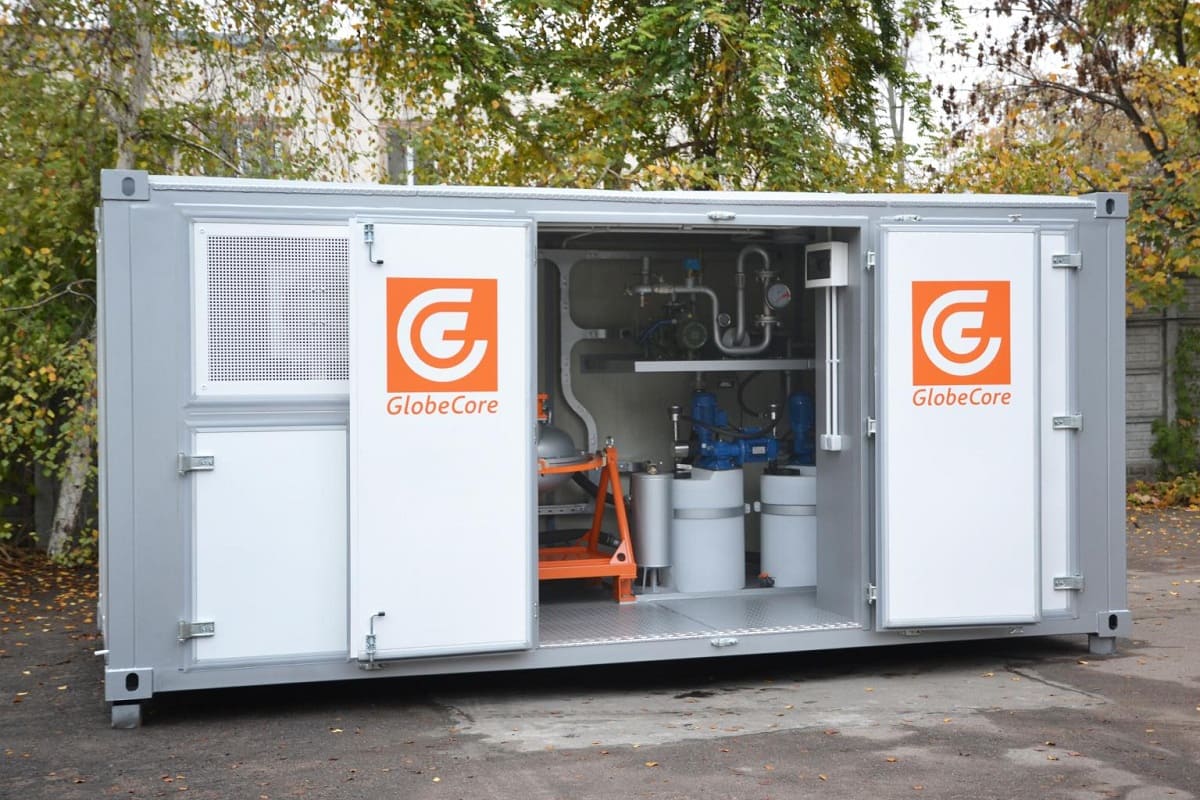 Treatment of Wastewater From Galvanic Production
Treatment of Wastewater From Galvanic ProductionWastewater system. The existing methods of electroplating wastewater treatment do not fully meet the requirements and regulations for wastewater discharge into waterways and the environment. The reasons lie in the design and operation of wastewater treatment equipment. The difficulty is the comprehensive removal of the entire spectrum of pollutants used in industrial processes. Furthermore, itRead More
Meat Processing Wastewater TreatmentMeat processing wastewater treatment. Rational use of raw materials and energy resources is a major problem of today. It is closely related to the protection of environment and, in particular, the protection and conservation of water resources. In the 1980s the big meat processing complexes treated their wastewater mainly by mechanical methods. Now a significantRead More
Biological treatment of wastewater. BioplatоBioremediation is a promising treatment of wastewater of different origins. Generally, a wastewater treatment plant is a complex engineering structure. In this article we will examine one such plant: a floating bioplato. A bioplato is used for post-treatment and treatment of industrial wastewater, utilities, and surface water run-offs. It almost doesn’t require chemical reagents; itRead More
Tannery Wastewater TreatmentTannery wastewater treatment.. Tannery wastewater is highly concentrated and contains contaminant particles of different size. This is due to a large variety of chemicals in leather industry: sulfuric acid, lime, soda ash, sodium sulfate, sodium sulfide, hypophosphite, ammonium sulfate, synthetic surfactants and finishing agents, kerosene, methyl esters, molasses etc. Synthetic surfactants are used in tanneriesRead More
Removal of Coke and Byproducts From WastewaterThe problem of industrial wastewater treatment to remove dissolved organic matter, such as phenols, is important and difficult at the same time, despite the large amount of domestic and imported equipment innovations. First, deep purification of wastewater dictates special rules and conditions that are difficult to implement in practice. Second, many effective methods of deepRead More
Sorbent wastewater treatment to remove heavy metalsRemove heavy metals. The presence of heavy metal ions such as copper, lead, iron, nickel, zinc in the water is a serious problem for the environment due to their high toxicity, and also due to the inability of microorganisms to process them. The main water pollutants with such metals are ferrous and non-ferrous metallurgy andRead More
Dairy wastewater treatmentDairy wastewater treatment . Dairy production is the second largest sector in the food industry. Milk processing plants are spread across the country due to the widespread availability of feedstock. The technology of food production creates large amounts of waste with different contaminants and concentrations. This problem needs to be solved to make dairy industryRead More
Wastewater treatment of baker’s yeast production plantBaker’s yeast.. Rational use of water resources and the protection of waterways from wastewater pollution is of paramount importance. The only way to effectively clean the waterways from pollution is to properly treat wastewater (especially industrial), improving the existing physical, chemical and biological treatment methods and developing new methods. Wastewater from plants producing bakery’s yeastRead More
Treating wastewater from electroplating plantsTreating wastewater. Improving environmental safety through development of low-waste technologies, efficient treatment equipment, resource recovery wastewater treatment are the priority directions of the modern industry. Natural water resources are becoming a critical problem of today, because of outdated industrial water supply processes, poor state of wastewater treatment plants and old wastewater treatment technologies. They allRead More
Biological wastewater treatment to remove nitrogen and phosphorus compoundsBiological wastewater treatment. Wastewater treated with traditional biological methods contains large amounts of leftover biogenic substances (nitrogen and phosphorus compounds), which cause a lot of damage in natural water bodies. The rapid growth of algae in the water causes secondary water pollution, intense coloration and reduction of oxygen concentration. Blooming water greatly complicates its useRead More
Industrial wastewater treatment from leadIndustrial wastewater. Wastewater containing lead is extremely toxic. This metal is hazardous and has toxic and mutagenic effects on living organisms. It has an extremely negative effect on the human reproductive system. For these reasons, the presence of lead is strictly limited in the wastewater of industrial facilities. When industrial wastewater is discharged into municipalRead More
Methods of chromium and heavy metals removal from wastewaterHeavy metals removal from wastewater. In recent years, the most widely used methods of wastewater treatment to remove chromium and heavy metals are chemical (reagent), ion-exchange and electrochemical. Wastewater treatment with reagents Reagent treatment of wastewater is based on the use of reducing agents for chromium purification and precipitation agents for heavy metals neutralization. TheRead More
Methods for water waste treatment for the production of edible oilWater waste treatment. Rational use of raw materials and energy resources is an urgent problem of today. It is closely related to the protection of environment, and water resources. The large amounts of highly concentrated wastewater come from the food industry. Such water in municipal drainage system or discharged directly into the environment can poseRead More
Electroplating wastewater treatment – chemical methodsElectroplating wastewater. Wastewater from electroplating and printing plates is classified as acidic or alkaline metal containing wastewater. Therefore the treatment includes methods that neutralize acids and alkali, extract metals, but do not extract organic contaminants. As a result, there is a difficulty to extract metal organic complexes. It should also be noted that certain organicRead More
Municipal wastewater treatmentMunicipal wastewater treatment has become a complex process, due to numerous industrial facilities located in and around settlements, making their wastewater highly irregular in composition. Industrial wastewater requires a combination of the existing methods and improvement of the whole treatment process. The main approaches that can be used in municipal wastewater treatment plants are discussedRead More
Using Chemicals to Remove Chromium from WastewaterRemove chromium. The most common methods of wastewater treatment are reagent treatment, ion exchange treatment and electrochemical treatment. Chemical reagent treatment is most common method of chrome and heavy metals removal. This method of treatment is based on the reactions of chemical reagents with pollutants. In case of chromium-containing wastewater, the reagents reduce hexavalent chromeRead More
Adsorption treatment of wastewater containing dyesTreatment of wastewater. Large amounts of wastewater contain various dyes which are toxic and hazardous for the environment. This wastewater comes from the dye manufacturers and dyeing facilities of various industries. Harmful substances get into the water reservoirs with wastewater, degrading their sanitary state and requiring special treatment of water before its use for domesticRead More
Industrial wastewater treatment – electrochemical methodsIndustrial water treatment plant. The electrochemical method of wastewater treatment is primarily used for extraction of chromium. The chromium is removed by sedimentation and by electrolysis with iron anodes. The process is based on the oxidation of trivalent to hexavalent chromium at the anode. The solution is pumped through electrolytic cell. The electrodes (anode /Read More
 Ways to Improve Industrial Wastewater Treatment?
Ways to Improve Industrial Wastewater Treatment?Industrial wastewater treatment. The environmental issues of industrial wastewater treatment are becoming more and more important. This is due to the growing pollution of water and air with the continuous increase of industrial wastewater volume and the tremendous growth in clean water consumption. This demands the development of new effective methods and equipment for waterRead More
 Wastewater treatment plant process in paint production
Wastewater treatment plant process in paint productionWastewater treatment plant process. Wastewater treatment, reuse and disposal is a pressing environmental, economic and technological problem for many industrial facilities. The current methods often do not provide complete water purification and do not meet modern environmental standards. Formaldehyde paint shops wastewater (FSV) forms a waste of phenol, urea or melamine with formaldehyde. Phenol resinsRead More
 Aerotank – a biological wastewater treatment facility
Aerotank – a biological wastewater treatment facilityAerotank is a tank in which wastewater contaminants go through aerobic oxidation under the influence of activated sludge organisms. The aeration tank is constantly supplied with air that provides for the normal activity of organisms and maintains the sludge in suspension. The sludge is a biocoenosis of organisms that can oxidize and adsorb on theirRead More
 Sedimentation water treatment in the cement industry
Sedimentation water treatment in the cement industrySedimentation water treatment. Municipal and industrial wastewater goes to the wastewater treatment plants where it is purified and the waste is dried and disposed of. First the wastewater goes through a preliminary treatment that consists of solidification, stabilization, conditioning, destruction of colloidal structures of sediment and dehydration. The first step of wastewater treatment is filteringRead More
 Wastewater treatment technologies in bakeries
Wastewater treatment technologies in bakeriesWastewater treatment technologies. The situation with wastewater of bakery facilities varies and depends on the location of the plant. Large factories dump their wastewater into the municipal sewage system, because it is believed that bakeries do not need their own treatment facilities, as their wastewater standards are close to sewer discharge norms. However, this isRead More
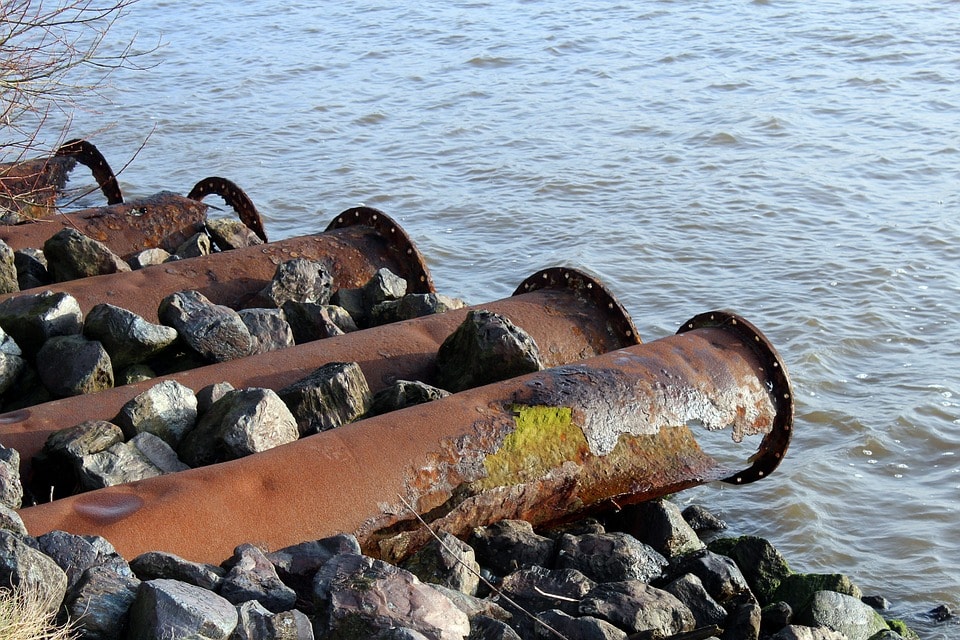 Improving the efficiency of industrial wastewater treatment
Improving the efficiency of industrial wastewater treatmentIndustrial wastewater treatment. The new ideology of using nature and natural resources is making it a number one priority to solve the environmental and economic problems, to stabilize and improve ecological conditions and protect all types of natural resources. These tasks could be solved by implementing a competent environmental policy and environmental management by changingRead More
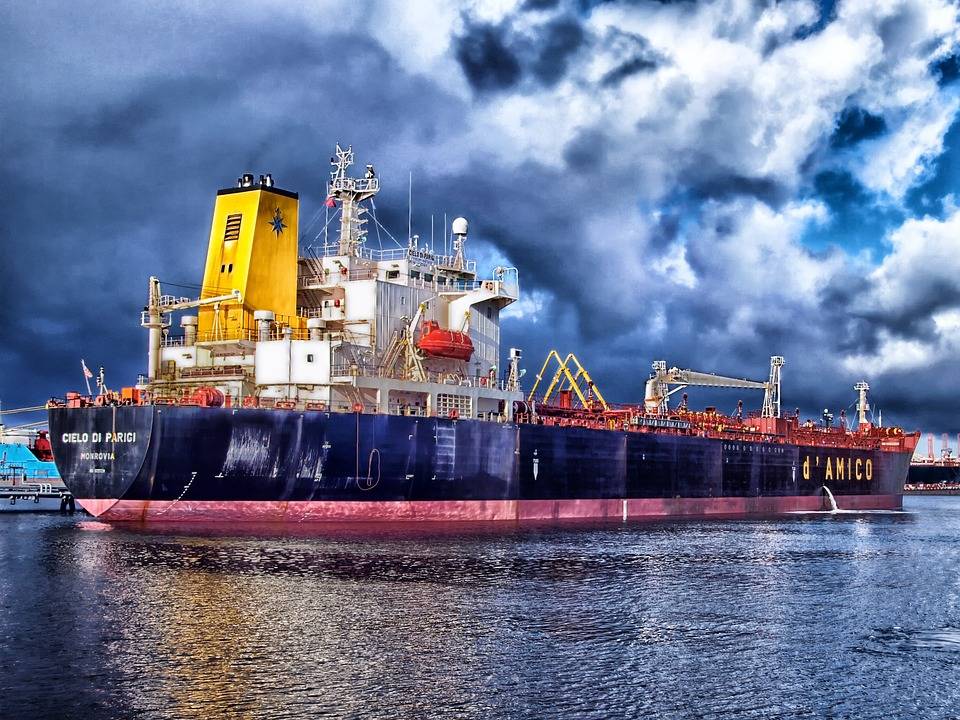 Oil wastewater treatment on board ships and in ports
Oil wastewater treatment on board ships and in portsOil wastewater treatment. Oil waste represents a great danger to waterways. It often spills into the environment in the form of liquid petroleum whenransported by sea, causing pollution. Most modern ships have special equipment that processes oil contaminated water. The process of cleaning water and removing oil generates waste, sent to offshore or port facilities.Read More
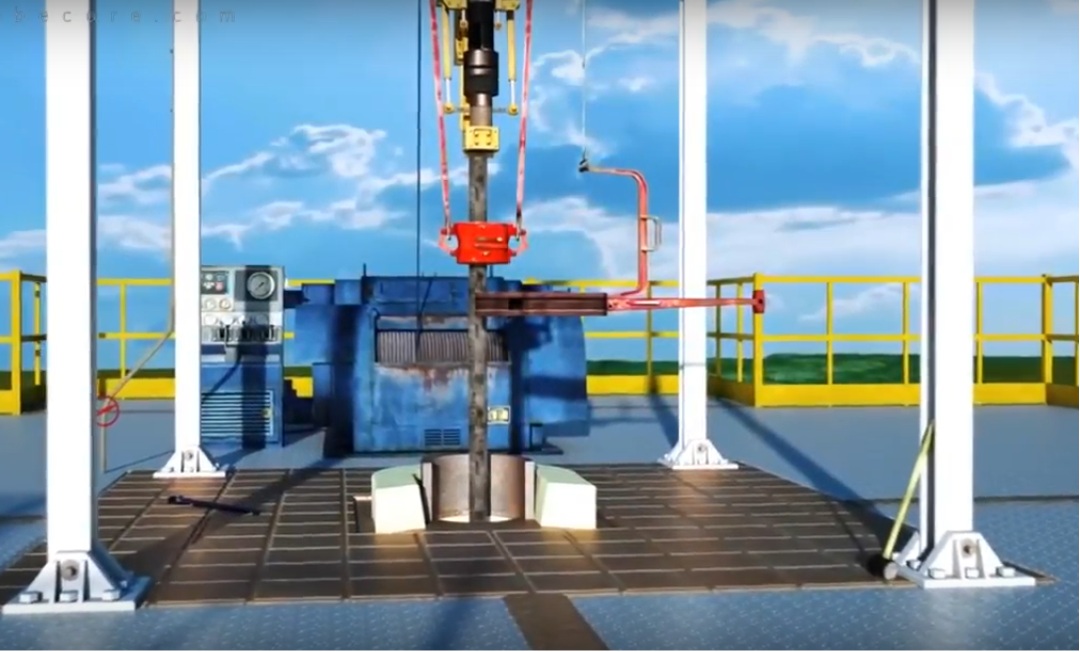 Drilling Fluid production with the GlobeCore AVS-150
Drilling Fluid production with the GlobeCore AVS-150GlobeCore’s engineers have recently tested the New AVS-150 Vortex Layer Device’s ability to produce High Quality Drilling Fluids. A special drilling fluid is always used when drilling a well for oil or natural gas. The drilling fluid is usually made immediately before the extraction of the oil or natural gas. The use of a quality drillingRead More
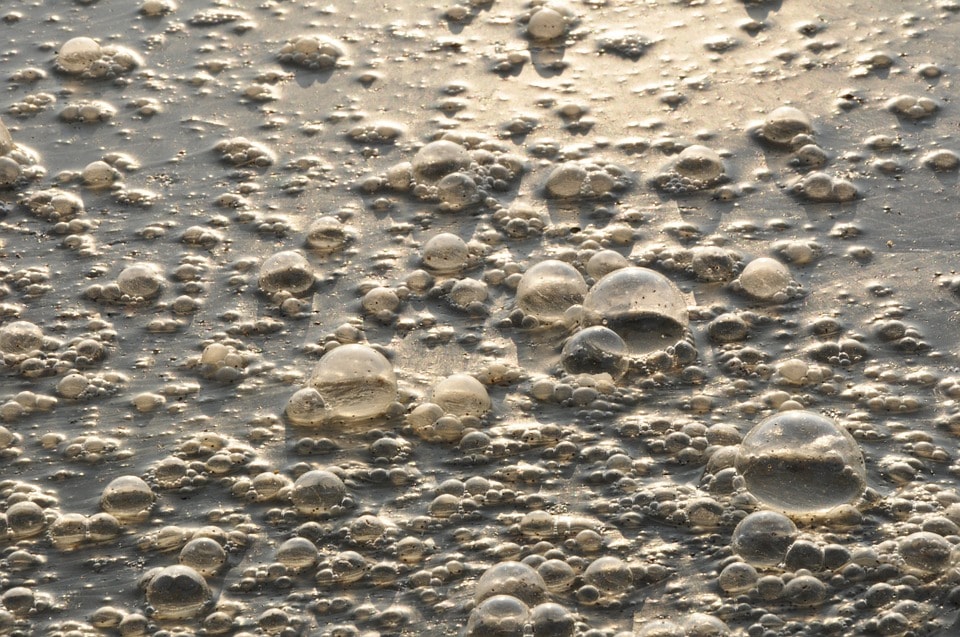 Wastewater Treatment with Vortex Layer Device
Wastewater Treatment with Vortex Layer DeviceWastewater Treatment. Over the years, there has been a growing anthropogenic impact on water resources. The main reason is the careless attitude of man to nature, resulting in increasing concentration of pollutants in the water every year, unauthorized dumping of washing water from ships, as well as accidental discharges from industrial wastewater from plants. DuringRead More
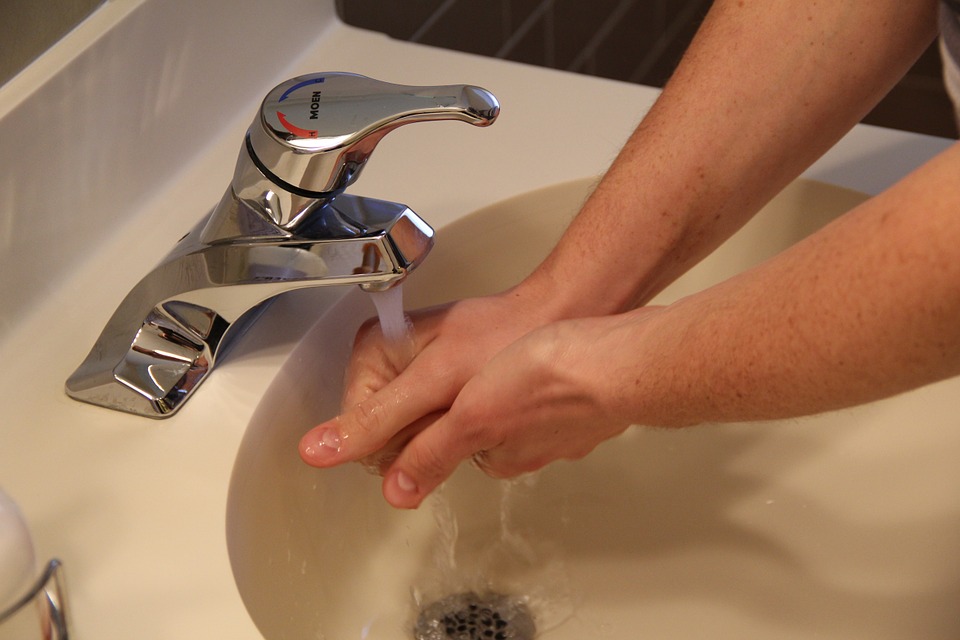 Decontamination of Wastewater
Decontamination of WastewaterDecontamination of Wastewater. Protection of drinking water, as well as surface and underground water bodies from pollution is a serious problem of humanity, because the need for clean drinking water is always growing. Water bodies contain naturally occurring impurities along with chemical pollutants of various compositions (pesticides, phenols, petroleum products, heavy metal salts, nitro compounds,Read More
 Mechanical Treatment of Wastewater to Remove Petroleum
Mechanical Treatment of Wastewater to Remove PetroleumMechanical Treatment of Wastewater. Among the worst environmental problems is a widespread petroleum pollution of water bodies, coastal areas and soil, due to its increased production, transportation and refining. Statistics estimate 2% of oil losses during transportation. The losses cannot be avoided during storage of fuels and lubricants on tank farms and oil processing enterprises,Read More
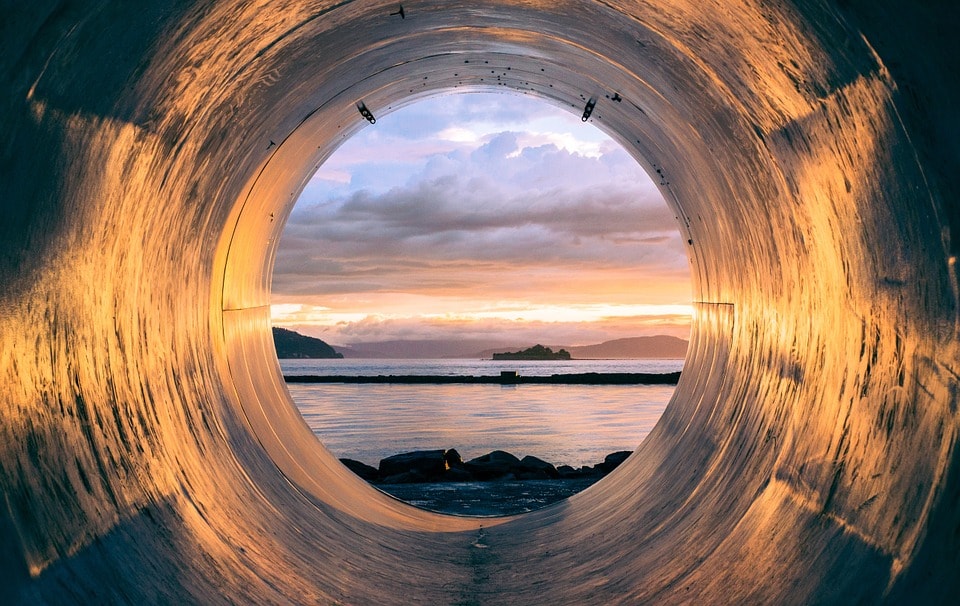 Methods for Wastewater Treatment
Methods for Wastewater TreatmentMethods for Wastewater Treatment. The industrial enterprises cause environmental pollution with exhaust gases, wastewater and solid industrial waste. The bulk of waste of the I-IV class is the combustion residue, animal and plant waste as well as industrial wastewater resulting from wastewater treatment. The large amounts of such waste are due to the outdated technologiesRead More
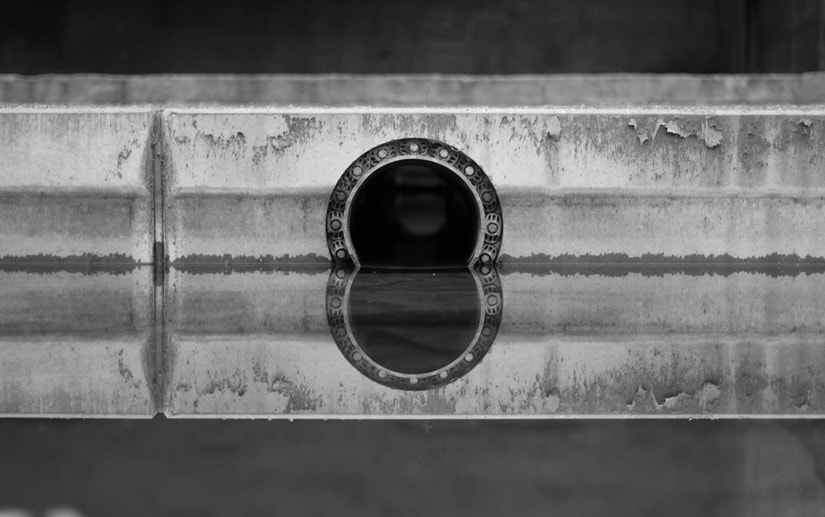 Wastewater Treatment Unit to Remove Hexavalent Chromium and Other Heavy Metals
Wastewater Treatment Unit to Remove Hexavalent Chromium and Other Heavy MetalsWastewater Treatment Unit. The process line for wastewater treatment from chromium, lead, nickel, iron and other heavy metals can be equipped with the AVS-100 (150) vortex layer device by GlobeCore. It significantly reduces reagent consumption, provides better cleaning and make the process continuous. The main feature of the vortex layer device is the intensive mixing ofRead More
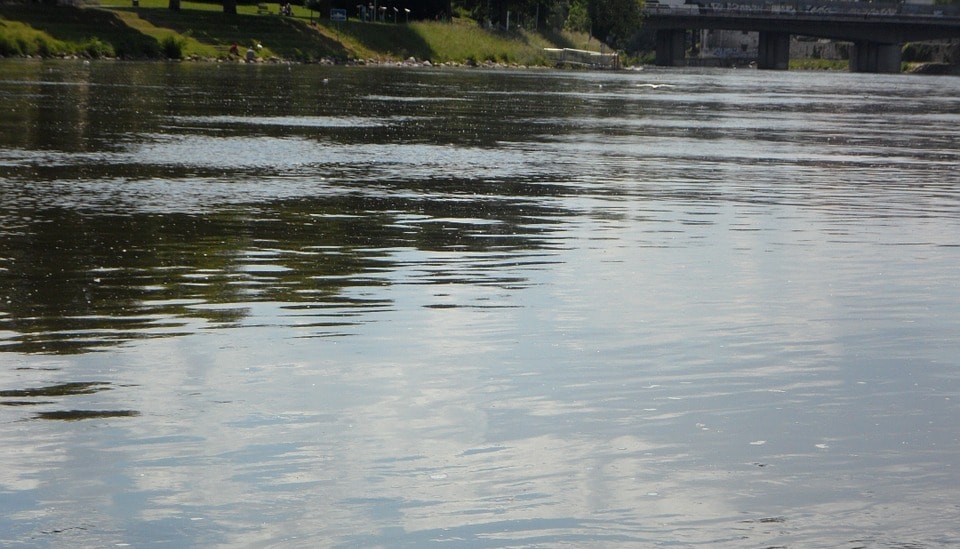 Industrial Wastewater Treatment Using an Alternating Electromagnetic Field
Industrial Wastewater Treatment Using an Alternating Electromagnetic FieldIndustrial Wastewater Treatment. Environmental pollution is a global problem requiring effective and integrated solutions. An important part of protecting the environment is keeping the water resources pure and clean, when they are contaminated with heavy metals, acids, alkalis and other industrial wastes. The existing wastewater treatment technologies are not always reliable and efficient, requiring theRead More
 Wastewater Treatment Based on Vortex Layer Device
Wastewater Treatment Based on Vortex Layer DeviceEnvironmental problems are vitally important and require complex approaches. The most urgent task is improving the water resources of the planet which are polluted by industrial and agricultural waste. This problem is solved by wastewater treatment systems. Currently wastewater treatment mainly uses ion exchange, reagent and electrochemical methods, which are designed to deal with suchRead More
 Improving the Cracking Resistance of Concrete Using Vortex Layer Device
Improving the Cracking Resistance of Concrete Using Vortex Layer DeviceFor more than 100 years, scientists around the world explored the cracking resistance of concrete. The central scientific problem of this research is to establish the patterns of crack development and their effect on the bearing capacity of the element. There are two types of cracks typical for reinforced concrete structures: The first type ofRead More
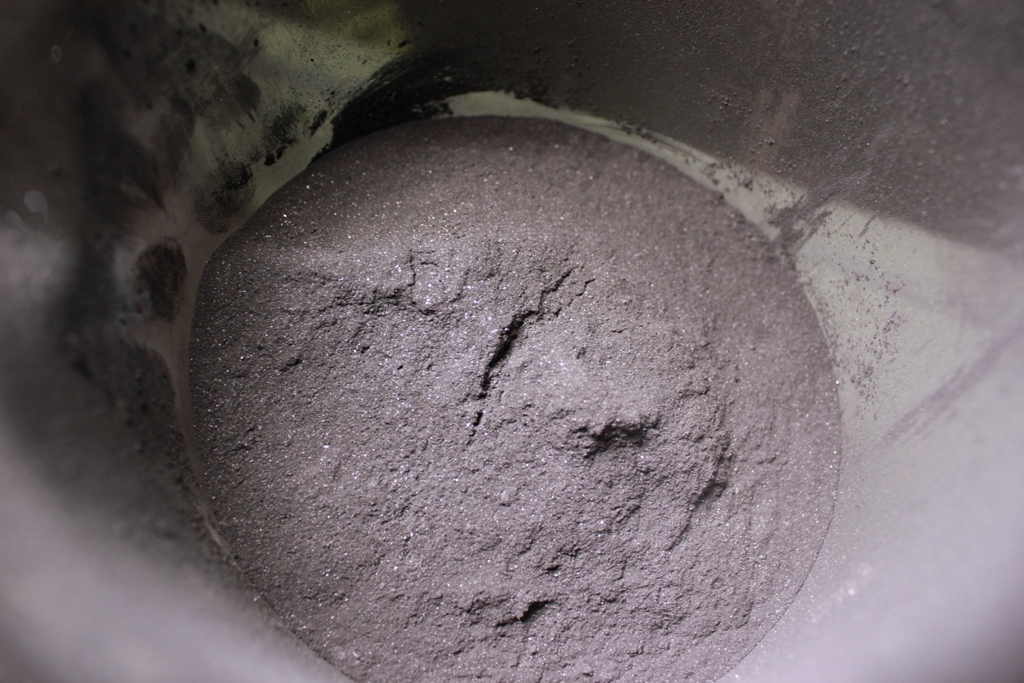 Research on Coal Regrinding for CWSF Production
Research on Coal Regrinding for CWSF ProductionCoal Regrinding. Natural energy resource reserves are distributed unevenly and many countries experience an acute shortage of such raw materials. Hence it is necessary first to seek cheaper options for energy imports, then to take measures to ensure their economic use, and also to look for alternative sources of heat and power. Some experts pointRead More
 Improving the efficiency of industrial wastewater treatment in the vortex layer device
Improving the efficiency of industrial wastewater treatment in the vortex layer deviceThe environmental protection measures include saving the planet’s water resources and management of used resources which occupy large areas. Especially important is the treatment or industrial wastewater, among which the wastewater of chemical, engineering, food, instrument, petrochemical and other industries poses the greatest danger to the environment. Wastewater of these industries varies in amounts, compositionRead More
Ion Exchange in Electroplating Wastewater TreatmentThe process of ion exchange has found practical use in wastewater treatment and water preparation systems, specifically for demineralization, desalination, correction of the chemical composition of water, removal of toxic or valuable substances in processing natural or industrial wastewater. Despite the abundance of the chemical properties of electroplating wastewater contaminants, both organic and inorganic, theRead More
Using Biosorbents to Remove Oil From WaterRemove Oil From Water. Dumping of insufficiently treated household and industrial wastewater contaminates water, poisons water bodies and destroys ecosystems. Among the substances contaminating oceans, seas, lakes and rivers of the planet, various oil products hold a leading position. The amount of oil products dumped into the ocean, but different accounts, varies from 5 toRead More
Purification of Household WastewaterHousehold wastewater goes into sewage from kitchens, bathrooms etc. Such wastewater can be treated using mechanical and biological methods. Purification of wastewater is a complex multistage process, which begins in the input chamber. Then the water is filtered mechanically to remove garbage etc. The liquid phase is separated from the solid phase, by using settlingRead More
Chemical Purification of WastewaterChemical Purification of Wastewater. Water going into the sewage system must be processed to remove heavy metals and other hazardous contaminants. This purification requires a complex of measures. Wastewater can be classified by origin: industrial; household; precipitation (snow, ice etc). Chemical purification of wastewater implies the use of special reagents which react the contaminants. SuchRead More
Treatment of Electroplating Chromic WastewaterWhile the industrially developed regions of the country suffer from lack of clean water, electroplating consumes enormous amounts of water: more than 50 million cubic meter per year. This industry is one of the most hazardous, with harmful work conditions, large amounts of wastewater contaminated with highly toxic chemicals. The main components of electroplating wastewaterRead More
Oil Processing Wastewater Treatment FacilityWastewater Treatment Facility. Environmental protection and reasonable use of natural resources, ecological security of the society are the main conditions of sustainable economic and social development. Industrial production generates waste in solid, liquid, gaseous and mixed forms, influencing the environment, in the course of processing various natural resources. The environment is degrading rapidly due to::Read More
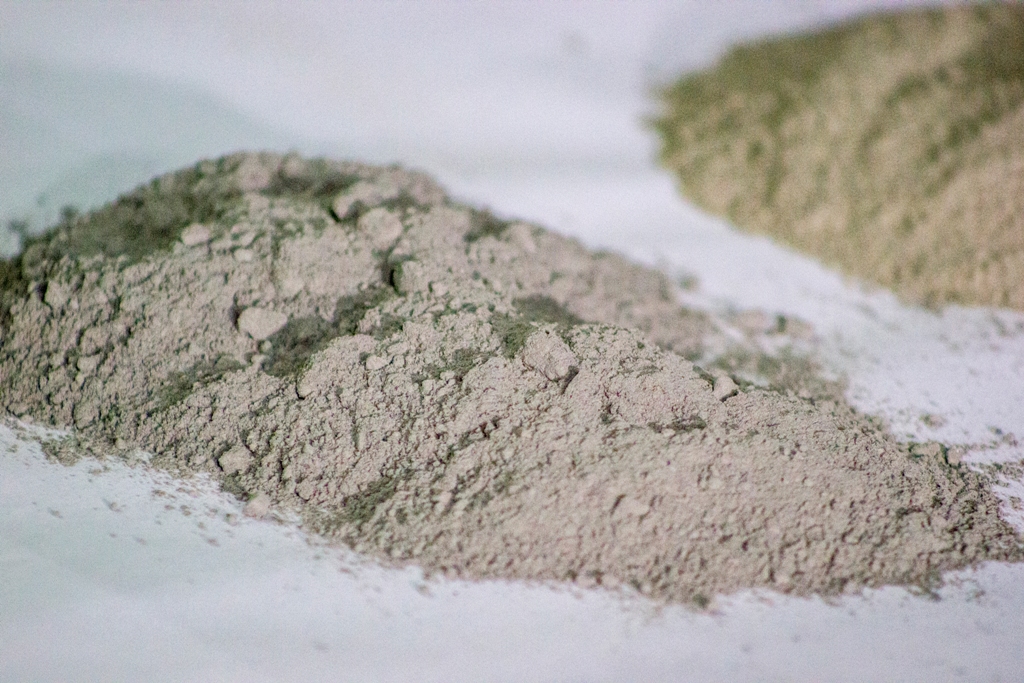 Methods of Dry Construction Mix Modification
Methods of Dry Construction Mix ModificationThe high quality of the modern construction mixes is impossible without using special modifying additives. They allow to adjust the properties of the material, making solutions with the required qualities for use in any (even extreme) conditions. A relatively large amount of such additives is available in the market today. These are mostly surfactants, electrolytes,Read More
Modern Methods of Wastewater TreatmentWhen selecting methods and processes for treatment of industrial wastewater, several factors must be considered, such as the amount and nature of waste, concentration and type of contaminants, requirements treatment results as well as the possibility of using this water in water supply systems. In recent years, chemical, ion-exchange and electrochemical methods have come intoRead More
Wastewater treatment technologyDevelopment of wasteless technology is an important measure to protect the environment from anthropogenic loads by separating contaminants from water, and possibly to recycle the contaminants for use in technology processes. This can be achieved by using modern efficient technologies. However, wastewater has several types of contaminants and so using only technology process in realRead More
Intensification of Wastewater Treatment in Food ProductionIntensification of Wastewater Treatment. Treatment of wastewater, including that in food production industry, is a serious problem. Today, industrial processing of agricultural materials without consideration of environmental concerns causes contamination not only of the atmosphere and water bodies, but also the soil, ruining its fertility. Sugar, alcohol, yeast and meat processing facilities are often surroundedRead More
Neutralization of WastewaterNeutralization of wastewater is required before releasing it into water bodies or reuse in various technology processes. Wastewater containing acids or alkali must be neutralized. Water with pH of 6.5 – 8.5 are considered neutral. Neutralization is required where pH is below 6.5 and above 8.5. Practically, the highest danger is posed by acidic wastewaterRead More
Removal of Phosphorus From Wastewater: a Review of MethodsRemoval of Phosphorus From Wastewater. Wastewater generated by the industry and agriculture in many cases contains large amounts of ammonium and phosphorus. Insufficient removal of these from wastewater is a source of contamination of ground and surface water and causes eutrophication of water bodies. Biogenic elements cause proliferation of cyanobacteria. Excessive activity of algae degradesRead More
Livestock Farm Wastewater TreatmentFarm Wastewater Treatment. The degree of contamination of wastewater is characterized by the amount of mineral, organic and bacterial materials solved or unsolved in the water. Wastewater is treated by mechanical, chemical, physical or biological methods. Biological processes involve oxidation of organic substances in waste water in the form of suspensions, colloids and solutions byRead More
Biochemical Treatment of Wastewater: Anaerobic ProcessBiochemical Treatment of Wastewater. Anaerobic methods involve treatment of wastewater without access to oxygen. Instead, methane fermentation is used. The advantage of this method is the high level of converting contaminants with the formation of biogas byproduct. Wastewater contaminated by nitrogen compounds are converted in the process of denitrification by microbes (such as Paracoccus denitrsficans)Read More
Wastewater Treatment: Aerobic ProcessAerobic process are based on the use of microbes which require constant supply of oxygen and the temperature of 20-40°С. Disruption of oxygen supply and temperature changes the composition and number of microbes. Purification of wastewater in aerobic conditions is performed by biofilters or by cultivation of microbes in biological sludge, in which biocenosis consistsRead More
Wastewater Treatment: Absorption Fields, Biofilters and AerotanksWastewater Treatment:. Aerobic wastewater treatment methods is classified according to the type of reservoir where the contaminants are oxidized. The reservoirs can be such structures as absorption fields, ponds, biofilters and aerotanks. The aerobic oxidation (mineralization) occurs in biological ponds due to the microbes, algae and higher plants. The small depth, no currents, abundance ofRead More
Industrial Wastewater TreatmentThe volume of toxic waste has been growing in recent years, and the environment cannot cope on its own. Large amounts of contaminants enter the environment with wastewater, including toxic ions of heavy metals. Reagents are used to purify wastewater and decontaminate concentrated solutions (electrolytes etc), neutralizing them and causing sedimentation of heavy metals withRead More
Compact Wastewater Treatment FacilitiesThe modern wastewater treatment infrastructure in cities is in many cases in poor condition, while the volume of wastewater and the concentration of contaminants keep growing. The quality of wastewater treatment may fall short of standards due to unsatisfactory operation of the aging treatment plants. Besides, new sewage lines must be built through residential areaRead More
Ion Exchange in Electroplating Wastewater Treatment ProcessesThe problem of contamination of water bodies with biogenic elements and protection of the environment is essential. The main source of contamination, which worsens water quality and disrupts ecosystems is the release of insufficiently treated wastewater. Municipal treatment facilities, where biological treatment of water is performed through the traditional arrangement of aerotank and a secondaryRead More
Treatment of Agricultural Wastewater with BiotechnologyTreatment of agricultural wastewater usually involves physical, chemical and biological processes. A typical treatment system includes primary, secondary and, in some cases, tertiary purification stages. The principle of operation of most one or two stage treatment plants is based on using physical (mechanical) effects, and therefore the variety of the facilities does not differ muchRead More
Traditional and Alternative Methods of Household Wastewater TreatmentMethods of Wastewater Treatment. Among the traditional wastewater purification technologies, one of the most common is aerotank treatment. Those are, as a rule, rectangular reactors with many chambers, which contain high concentrations of aerobic microbes in suspended floccules (biological sludge) and are equipped with a system of continuous aeration and recirculation of sludge. Aerotanks withRead More
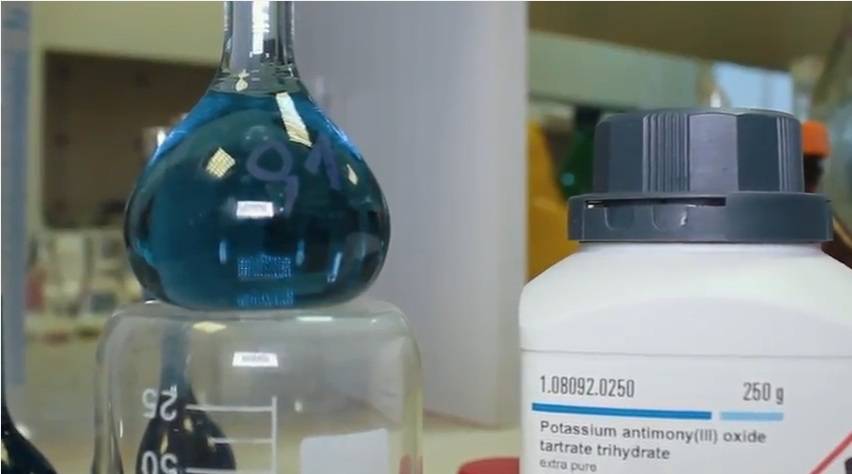 Removal of phosphates from waste water
Removal of phosphates from waste waterChemical waste water, containing phosphates, is environmentally hazardous. Most facilities use one of the two phosphate removal techniques: Chemical removal using various reagents; Sorption. Purification during the production process is inefficient. It must be performed in several stages and takes a long time, for instance, decontamination in reactors takes as long as 30 minutes. WeRead More
Dry construction mixtures Electromagnetic Intensifier for WasteWater TreatmentElectromagnetic Intensifier for WASTEWATER TREATMENT SYSTEMS WASTEWATER TREATMENT SYSTEMS | VORTEX LAYER DEVICE AVS-150 Treatment of industrial waste water is one of the most important stages of any production process. Besides, environmental safety is not only a matter of preference, but a requirement in our times. Advantages increasing reaction speed in 1.5-2 times reagent and energyRead More
 Dry grinding of paint pigments using vortex layer device by GlobeCore
Dry grinding of paint pigments using vortex layer device by GlobeCoreExpanding the application areas for the vortex layer devices (AVS), GlobeCore engineers conducted tests in dry milling of paint pigments. Pigments and fillers perform an important function in paints and varnishes. First of all, pigments provide the variations of color and color shades. Second, they form a film layer, making the coating more durable. AndRead More
 Equipment for Mixing of Paints
Equipment for Mixing of PaintsThe need for mixing different paints arises when one needs to perform some paintwork, but is not satisfied with standard colors available in the market. In addition, mixed colors are more subtle and convincing. Let us consider the basic techniques used in paints mixing, as well as the equipment used for this purpose. There areRead More
 Filtration of Vegetable Oil
Filtration of Vegetable OilVegetable oil is a product made from oily raw material by extrusion and extraction processes. A combination of these methods is used slightly less often: the first stage is extrusion, and the second one is extraction. The extrusion process involves pressing of oily raw material from pre-treated sunflower seeds. Extraction is based on diffusion andRead More
 PAINT AND LAQUER PRODUCTION
PAINT AND LAQUER PRODUCTIONIntensive dispersion of solid material with simultaneous particle activation can be applied in paint production and laquer production. Iron oxide pigments, for instance, can be dispersed to the size less than 20 micron in 15-60 seconds in the AVS vortex layer device; in a ball drum, the same process takes several hours. Paint Production inRead More
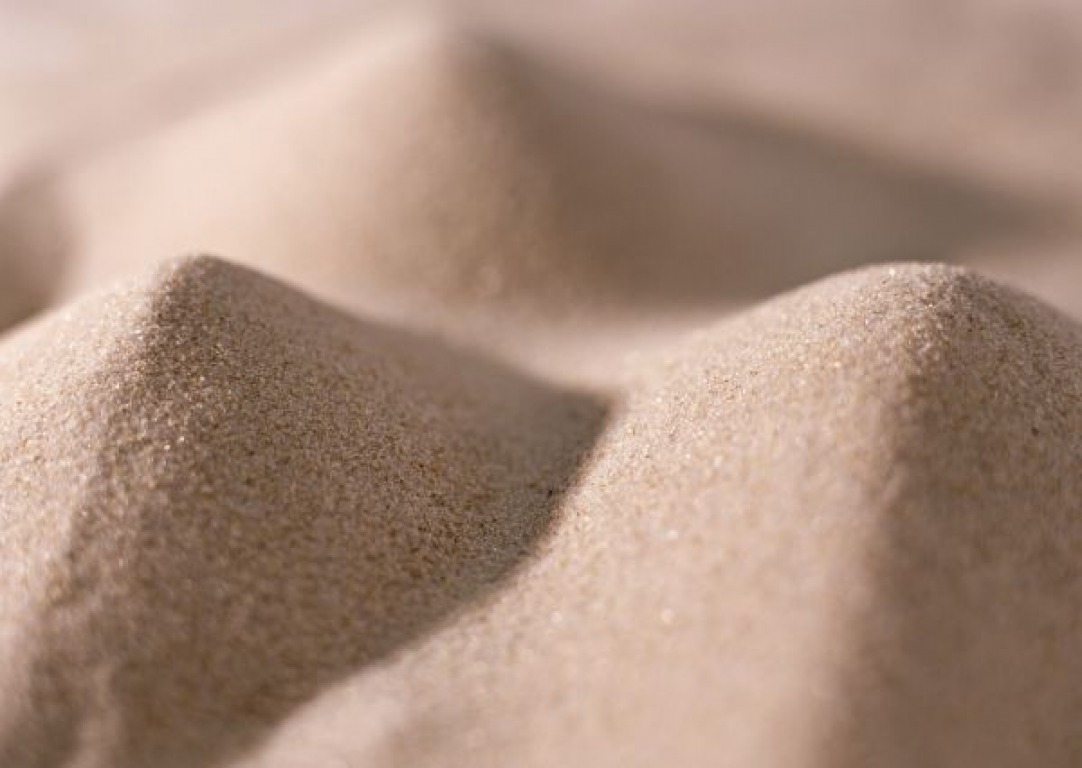 QUARTZ SAND PULVERIZATION
QUARTZ SAND PULVERIZATIONQuartz and quartz sand are natural materials. There is a lot of quartz in the Earth’s crust, and the material has several important properties, such as high mechanical strength and adsorption capability. Quartz can be a part of other minerals, bringing its content in the Earth’s crust to over 60%. It is mostly used in theRead More
The Use of Vortex Layer Devices for Decontamination of Liquid Pig ManureOne of the major problems of livestock industry is the accumulation of large amounts of liquid manure. Manure processing and subsequent disposal technology depends on the pig farm cleaning methods. Nowadays, water wash is most often used in practice, which is characterized by the occurrence of low-concentration manure effluent, the volume of which is 4-5Read More
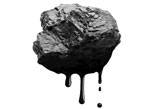 Water-coal slurry as an alternative to natural gas and heavy fuel oil
Water-coal slurry as an alternative to natural gas and heavy fuel oilUsing inexpensive coal slack and the Vortex layer device, one can make fuel not inferior in terms of heat capacity to heavy fuel oil and natural gas, but a lot more economical: water-coal slurry or liquid fuel. What is «water-coal slurry»? Water-coal slurry (abbreviated as CWS, CWSM, CWM) is a mix of coal, water andRead More
